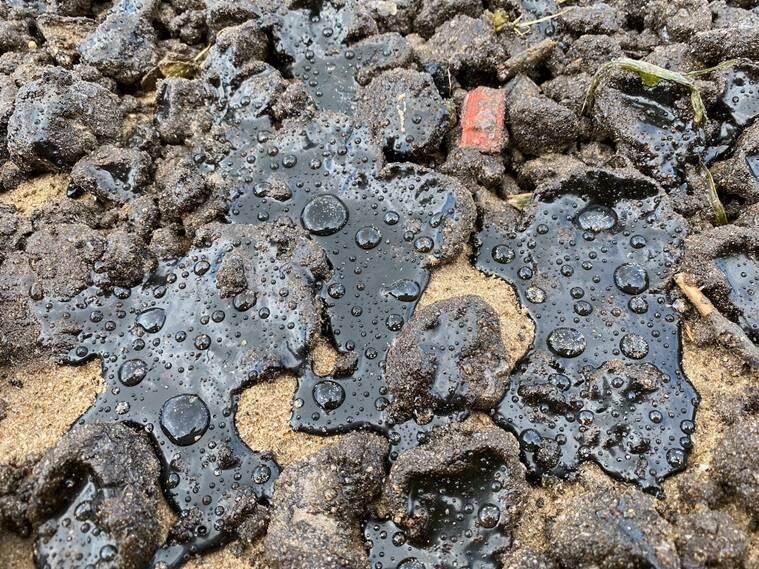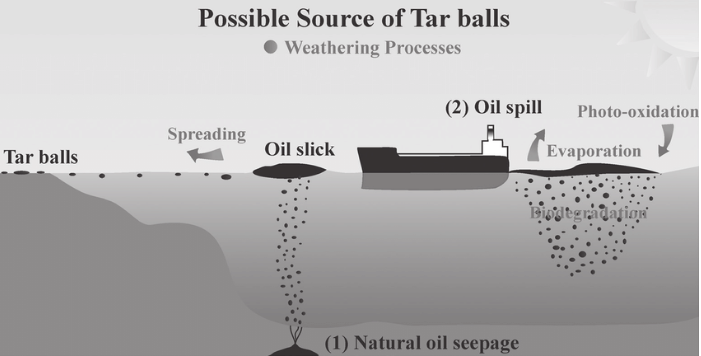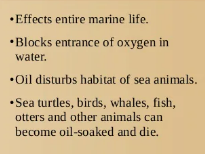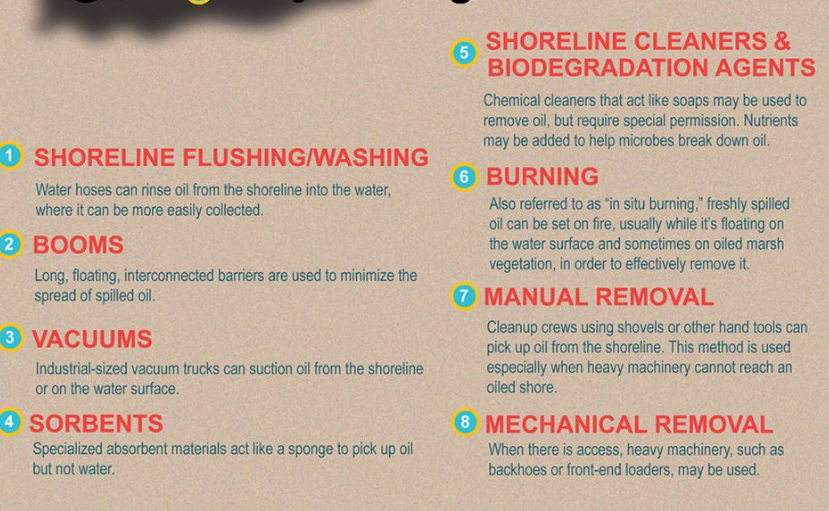Description

Disclaimer: Copyright infringement not intended.
Context: The Brihanmumbai Municipal Corporation (BMC) has removed over 20,000 kg of tarballs from Juhu and Versova beaches.
- Earlier this month, several popular beaches in Goa, were covered with the black sticky carpet.
What are tarballs?
- Tarballs are dark-coloured, sticky balls of oil that form when crude oil floats on the ocean surface.
- Tarballs are formed by weathering of crude oil in marine environments.
- They are transported from the open sea to the shores by sea currents and waves.
- Tarballs are usually coin-sized and are found strewn on the beaches. However, over the years, they have become as big as basketballs and can weigh as much as 6-7 kgs.
How are tarballs formed?
- The wind and waves tear the oil slick into smaller patches that are scattered over a much wider area.
- Various physical, chemical and biological processes (weathering) change the appearance of the oil.

Why are tarballs found on the beaches during the monsoon?
- It is suspected that the oil comes from the large cargo ships in the deep sea and gets pushed to the shore as tarballs during monsoon due to wind speed and direction.
- All the oil spilt in the Arabian sea eventually gets deposited on the western coast in the form of tarballs in the monsoon season when wind speed and circulation pattern favour transportation of these tarballs
Effects of tarballs on marine environment:

What can be done?

https://indianexpress.com/article/explained/mumbai-beaches-tarballs-explained-7510246/

















